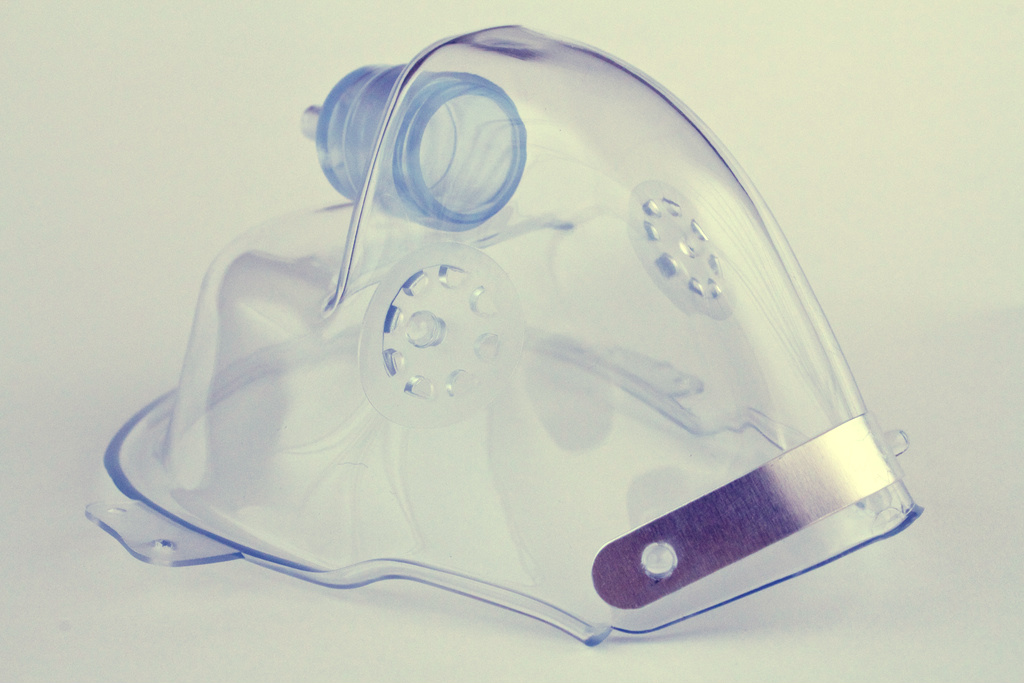
Chronic migraine syndrome is a conundrum yet to be solved and the uncertainty of its cause means that sufferers are left without a definitive treatment option. Because everyone’s experience is different, treatment often involves a lengthy game of trial and error before discovering a method that works. If medications or injections have failed or you are in search of an alternative form of treatment to compliment your current regimen, consider looking into oxygen therapy, which uses 100% oxygen to alleviate severe migraine symptoms.
History of Oxygen Therapy
Oxygen therapy was first mentioned in 1939 when Charles E. Rhein of Air Products, Co., contacted Dr. Francisco Alvarez, M.D., of the Mayo Clinic in Rochester, Minnesota to report that he had successfully been treating individuals with severe migraine pain by having patients breath in 100% oxygen at a flow of 6-8 liters per minute.
Naturally, this intrigued Dr. Alvarez, whom conducted his own research in 1940 and achieved similar results. He performed oxygen therapy on 100 patients using a nasal-type facemask that allowed oxygen flow at 7 liters per minute. 80% of his patients were either completely relieved of their migraine symptoms or reported significant improvement. These findings, however, were most effective if oxygen therapy was received during the preliminary stages of a migraine attack.
Since Dr. Alvarez’s research, more substantial studies have been conducted that support the effective use of oxygen therapy for the treatment of severe or chronic migraine symptoms. Dr. Lee Kudrow investigated the therapy in association with cluster headaches. 75% of patients tested experienced complete or significant relief of symptoms. Patients with episodic cluster headaches tended to gain more from the treatment than non-episodic patients.
Similarly, Dr. Lance Fogan, M.D., M.P.H., experienced positive outcomes using oxygen therapy to treat migraine symptoms. He concluded that indeed, it was the oxygen and not the mask or tank that influenced results.
How Does it Work?
The specifics on exactly how oxygen therapy works remains a bit of a mystery. Researchers know that migraine and cluster headaches are associated with an increase in blood flow to the brain (of varying degrees). Researchers also know that oxygen can cause a drop in blood flow, resulting in fewer enflamed blood vessels and a decrease in nerve pressure surrounding the brain. However, there exists more substantial evidence of its efficacy with cluster headaches than migraines, possibly because the two were not differentiated until long after the 1930’s and 40’s.
What Are the Different Types of Oxygen Therapy?
There are two common types of oxygen therapy used to treat migraine and cluster headaches but there is no evidence to support that either forms of oxygen therapy can prevent further attacks.
Normobaric Oxygen Therapy
Patients breathe in pure oxygen at natural room pressure.
Hyperbaric Oxygen Therapy
Patients inhale pure oxygen at elevated pressure within a specially designed chamber.
Science Daily reported that there have been at least five studies that compare both forms of oxygen therapy with irresolute results concerning the legitimacy of either for migraine relief. Each study suggested that hyperbaric oxygen therapy was more successful for migraine treatment while Normobaric had a greater influence on cluster headaches.
In conclusion, Science Daily believes that hyperbaric oxygen therapy is a ‘reasonable’ measure for migraine sufferers who have not responded well to other forms of treatment.
Side Effects
There are no serious side effects associated with oxygen therapy. Some patients find it difficult to sit still through treatment while they are experiencing immense pain. Oxygen can also increase the risk of fire and cannot be safely stored or used if you are smoking or near a lit flame like a fireplace or gas stove-top. The only other major drawback is the lack of accessibility and affordability of an oxygen tank or chamber. Because studies suggest that oxygen therapy is most effective early on in an attack, patients should ideally be able to get to their source of treatment quickly, whether they possess an oxygen tank at home or live near a chamber facility. Either way, oxygen therapy isn’t a favorite on the convenience scale.
Consult with your physician or a migraine specialist to find out if oxygen therapy is a safe option for you to try. Every patient is different and results will vary, but oxygen therapy might be able to help decrease symptoms where other treatments have failed.
Image Source: static416

